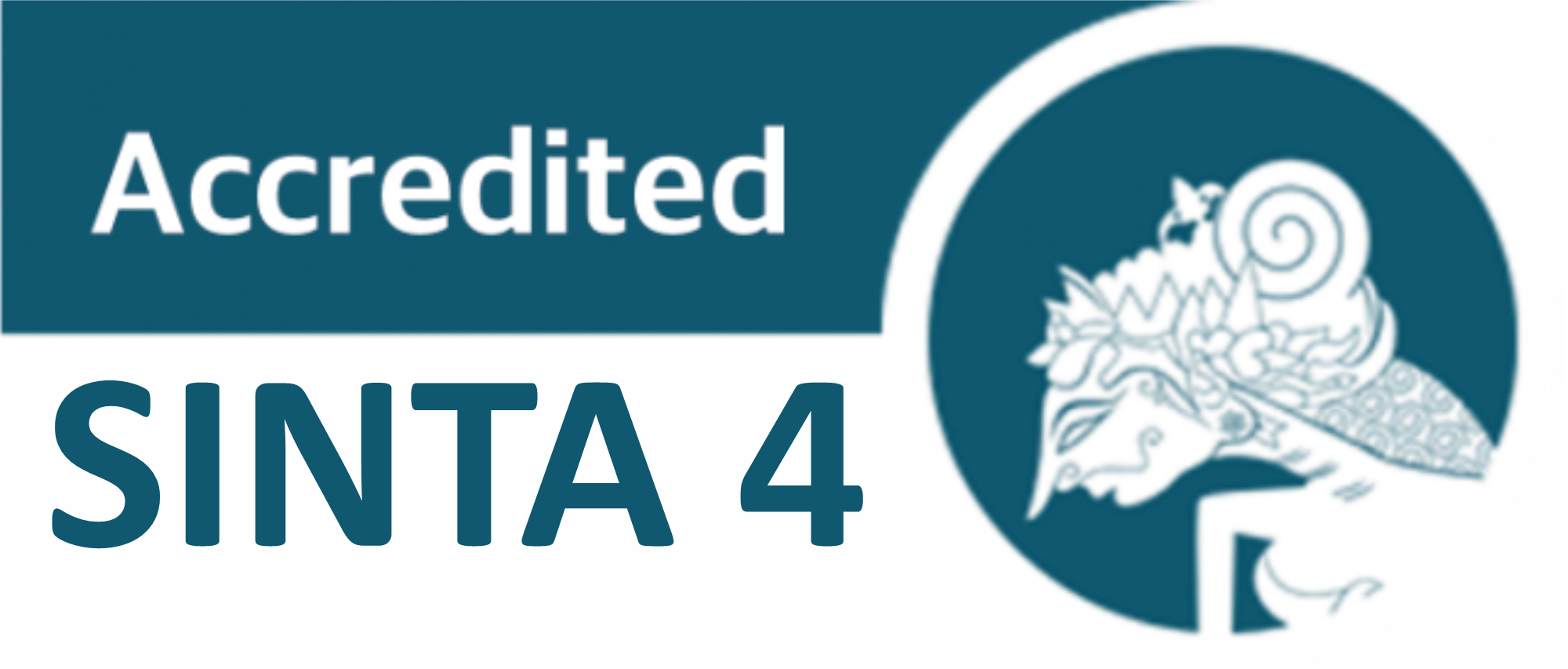TRADITIONAL PAINTINGS ON THE SKIN OF THE ASEI PAPUAN COMMUNITY
DOI:
https://doi.org/10.24114/gr.v14i1.64386Keywords:
Asei Papuan, Culture, Painting, Kombouw, Fine ArtsAbstract
As technological advancements continue to progress, customs and values have undergone significant shifts. However, the passion of the younger generation, particularly Papuan children and those residing in Sentani Village Asei, for Sentani paintings on kombouw bark is beginning to wane. These developments and increasingly advanced technological advancements have not only led to the shifting of traditions and values, but also the erosion of the love for young generations, especially Papuan children and those in Sentani Village Asei, for the art of painting Sentani motifs on kombouw bark. This phenomenon suggests that a substantial portion of school-aged Sentani children lack knowledge or understanding of the Sentani motifs themselves. The purpose of this research is to delve into the function and significance of traditional kombouw bark painting within the Asei community of Sentani District, Papua. This research employs a qualitative approach, utilizing ethnographic methods, to explore the values, functions, and meanings of traditional paintings on kombouw bark within society. The findings reveal that kombouw paintings serve multiple purposes, including ritual, spiritual, social, economic, and aesthetic functions. Each motif carries a profound symbolic meaning that encapsulates the relationship between individuals and nature, spirituality, and philosophical beliefs. Furthermore, this study identifies conservation efforts undertaken through the role of Traditional Institutions, artists, and development strategies aimed at preserving cultural heritage. This conclusion underscores the paramount importance of kombouw painting as a sustainable expression of Asei cultural identity. Conservation efforts for Kombouw Painting involve Traditional Institutions, who are responsible for maintaining, protecting, and preserving this painting art. This includes ensuring the authenticity of traditional motifs.References
Akkas, A. (2020). Functions and Symbolic Meanings in the Kombouw Bark Painting Art of the Sentani Community (Doctoral dissertation, Makassar State University).
Cassirer, E. (1923). Symbolic philosophy. Berlin: Bruno Cassirer.
Daulat, et al. (2022) Completed Art Research Methods Proposal Systems and proposal Exsamples. Medan: Fbs Unimed Press
Maleong, L. X. (2000). Qualitative Research Methods. Bandung: Rosdakarya Youth.
Melmambessy, M., & Achmady, L. (2020). Regional Expansion Approach, Principles and Philosophy for the Land of Papua. DYNAMICS, 17(1), 60-80.
Muttaqin, M. Z., Kadir, A., Idris, U., & Patmasari, E. (2022). Khombouw Bark Painting (The Potential of Asei Island Craft Arts as a Tourism Attraction of Sentani Lake, Jayapura Regency). Formosa Journal of Science and Technology, 1(4), 315-336.
Rai, S. I. W. (2021). Creation of Works of Art Based on Local Papuan Wisdom. Sentani: Aseni.
Rihana, F. P. M., & Angge, I. C. (2024). The depiction of one's own journey in the tea story as a theme for creating works of painting. Sakala journal of fine arts, 5(1).
Saifuddin, A. F. (2005). Qualitative Research Methodology. Bandung: Alphabeta.
Salim, A., & Syahrum, A. (2012). Qualitative Research Methods. Bandung: Alphabeta.
Setiawan, D. (2022). Archipelago Craft Arts. Cahya Ghani Recovery.
Spradley, J. P. (2007). Ethnographic Methods. Yogyakarta: Student Library.
Sudiyarto, P. (2019). "Traditional Art Preservation Strategy in the Digital Era". Journal of Arts Education.
Suparlan, P. (2018). "Globalization and Preservation of Local Culture". Journal of Anthropology.
Wiyanto, A. (2020). "Industrial Revolution 4.0 and its Impact on Arts and Culture". Journal of Arts and Culture.
Downloads
Published
How to Cite
Issue
Section
License
Copyright (c) 2025 Nias Wenda, Osberth Sinaga

This work is licensed under a Creative Commons Attribution-ShareAlike 4.0 International License.
Copyright
Authors published in this journal agree to the following terms:
- The copyright of each article is retained by the author (s).
- The author grants the journal the first publication rights with the work simultaneously licensed under the Creative Commons Attribution License, allowing others to share the work with an acknowledgment of authorship and the initial publication in this journal.
- Authors may enter into separate additional contractual agreements for the non-exclusive distribution of published journal versions of the work (for example, posting them to institutional repositories or publishing them in a book), with acknowledgment of their initial publication in this journal.
- Authors are permitted and encouraged to post their work online (For example in the Institutional Repository or on their website) before and during the submission process, as this can lead to productive exchanges, as well as earlier and larger citations of published work.
- Articles and all related material published are distributed under a Creative Commons Attribution-ShareAlike 4.0 International License.
License
Gorga : Jurnal Seni Rupa is licensed under a Creative Commons Attribution-ShareAlike 4.0 International License.










